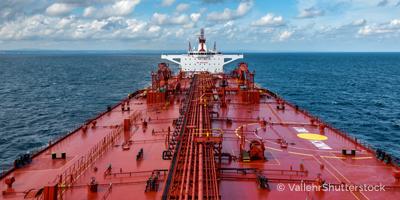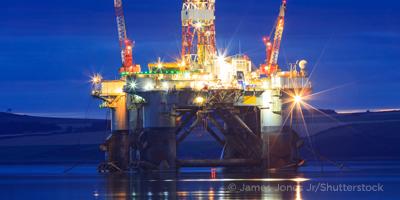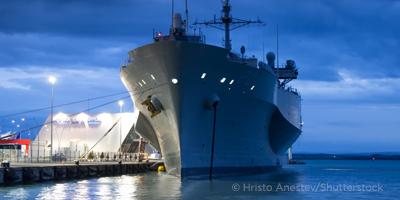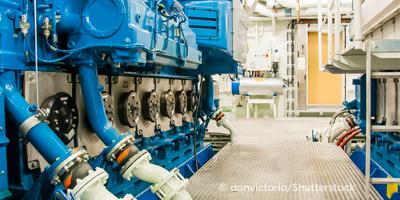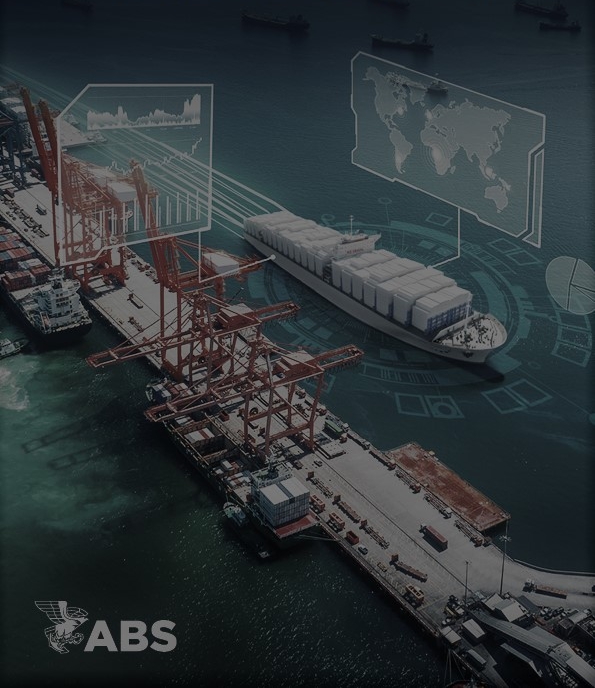(HOUSTON) ABS released guidance to assist shipyards and barge operators: The Guide for Building and Classing Liquefied Gas Tank Barges with Remote Control and Monitoring of Essential Systems.
The Guide provides requirements for the design and construction of barges equipped with various degrees of automation, remote control and monitoring of essential systems supporting cargo management. The barges may be unattended and controlled primarily from the towing vessel’s navigation bridge.
Gas as fuel has become an increasingly popular option for many shipowners looking to comply with environmental regulations and gain new operational efficiencies. Liquefied gas tank barges are key to help expand the LNG supply chain and advance adoption of LNG as fuel.
“We are focused on developing practical guidance and solutions that respond to the challenges faced by owners and operators while ushering in new concepts and advancing the latest technologies,” said Patrick Janssens, Vice President, ABS Global Gas Solutions.
ABS provides industry leadership and offers regulatory and statutory guidance on projects related to LNG floating structures and systems, gas fuel systems and equipment, gas carriers and barges.
The Guide is intended to be used in conjunction with the ABS Rules for Building and Classing Steel Barges, ABS Rules for Building and Classing Marine Vessels and the ABS Rules for Building and Classing Steel Vessels for Service on Rivers and Intracoastal Waterways.
To download a copy of the Guide for Liquefied Gas Tank Barges with Remote Control and Monitoring of Essential Systems, visit www.eagle.org.
About ABS
ABS, a leading global provider of classification and technical advisory services to the marine and offshore industries, is committed to setting standards for safety and excellence in design and construction. Focused on safe and practical application of advanced technologies and digital solutions, ABS works with industry and clients to develop accurate and cost-effective compliance, optimized performance and operational efficiency for marine and offshore assets.









